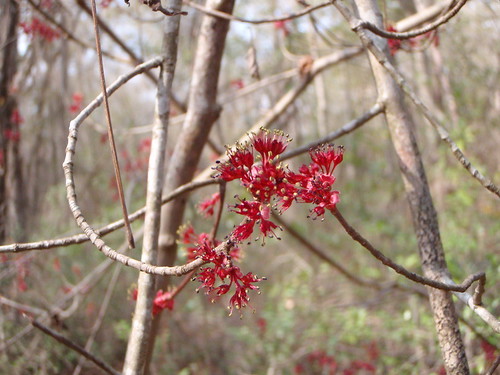The two plants that most characterize Georgia’s southern longleaf forests:
Pinus palustris and Aristida stricta.
These two are natives; they and their ancestors have lived on this spot
since the last ice age.
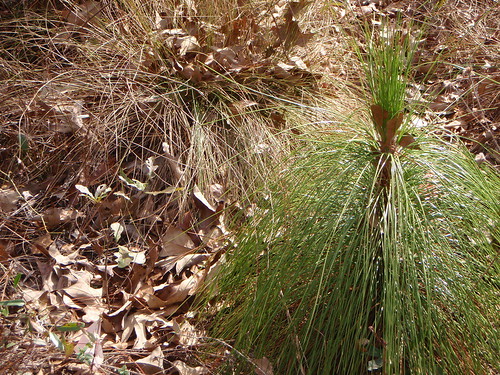
About
Longleaf (Pinus palustris),
wiregrass (Aristida stricta),
and
gopher tortoise (Gopherus polyphemus)
by
the Longleaf Alliance:
We believe that longleaf in any form is better than a cotton field;
that longleaf and native ground cover (like wiregrass) is better than
longleaf alone; that longleaf, wiregrass, and gopher tortoises are better
than longleaf and wiregrass alone.
Picture of
Pinus palustris and Aristida stricta
by John S. Quarterman, Lowndes County, Georgia, 19 February 2011.
-jsq
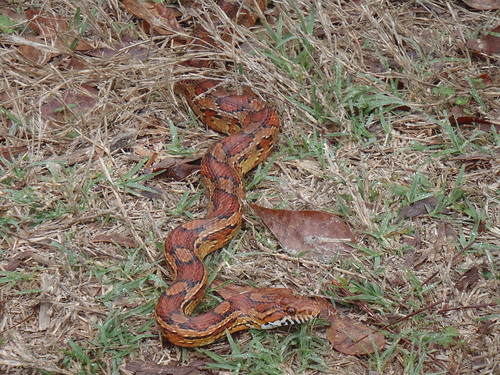
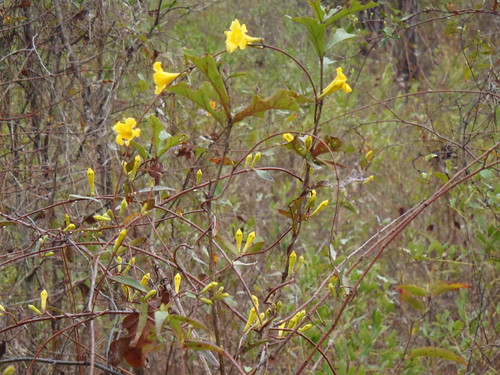
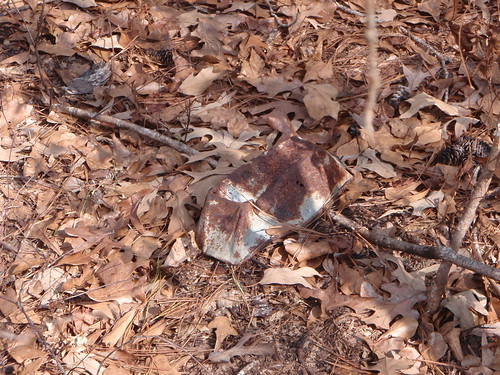

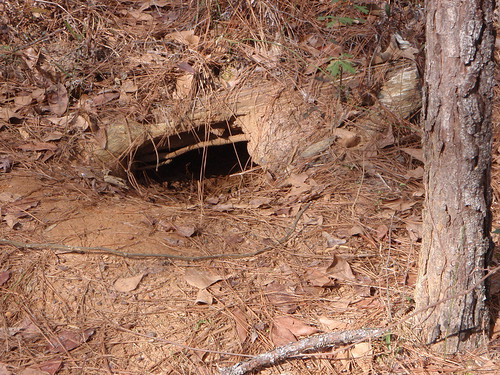
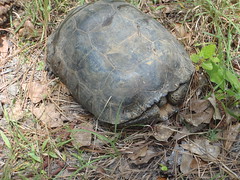
 Some people didn’t like the source of a recent post about
the toxic effects of agrochemicals and GM plants on the environment,
plants, animals, and people.
There are plenty of other sources, including:
Some people didn’t like the source of a recent post about
the toxic effects of agrochemicals and GM plants on the environment,
plants, animals, and people.
There are plenty of other sources, including:
